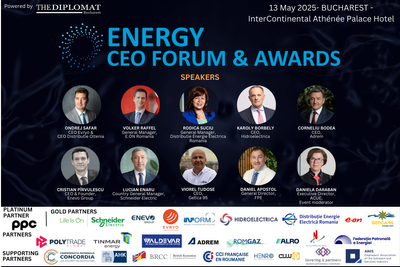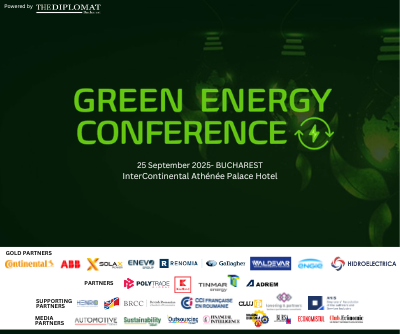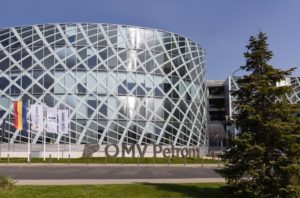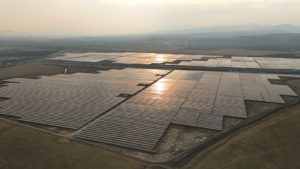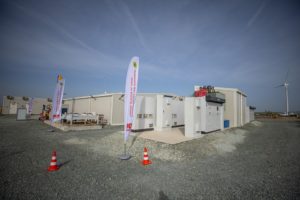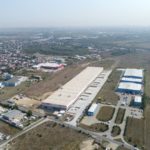The number of sold properties increased in H1 2023, but the average price per asset decreased by more than 50 percent: C&W
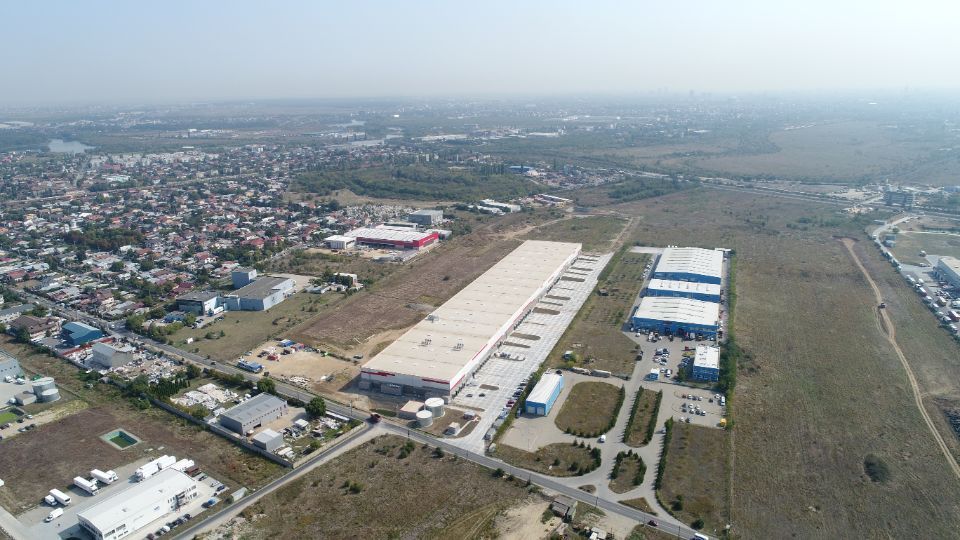
The number of sold income – generating real estate properties (office, retail, industrial & logistics spaces and hotels) during the first half of 2023 increased by 30 percent when compared with the same period of last year, but the average price per property decreased from €24 million to €11 million. Therefore, the transactional volume has seen an y-o-y decline of 43 percent, to a level of €181 million, according to data from the Cushman & Wakefield Echinox real estate consultancy company.
The office and industrial market segments were the most active from an investment perspective (with 5 buildings sold each during the analyzed period), followed by retail (4 properties) and hotels (3 properties).
In terms of volume, the largest share was held by the industrial & logistics sector (37 percent), followed by office (32 percent), retail (21 percent) and hotels (10 percent).
The increase in financing costs had a clear impact on the real estate investment volume, given that investors became more cautious and selective, the decision-making process being extended even in the case of ongoing transactions.
The Romanian investment market decline is in line with the global and regional trends, considering that the Central and Eastern Europe (CEE) market dropped by nearly 60 percent in H1 2023, reaching a volume of €2.3 billion. Poland recorded the largest decline in the region (71 percent, to €802 million), while in Hungary, the market contracted by 64 percent to €253 million. Romania and the Czech Republic reported the lowest decline rates in terms of investment volumes in the region.
The largest transaction pertained to FM Logistic’s sale and leaseback of its Romanian portfolio (98,000 sq. m GLA) to CTP for around €60 million.
In regards to offices, Vincit Union acquired One Herastrau Office for €21 million, while Yellow Tree purchased Olympia Tower for approximately €15 million, both assets being located in Bucharest. The most relevant retail transaction involved Iulius Group’s disposal of 50 percent of their Family Market retail parks located in Iasi to W&E Assets for around €15 million.
Cristi Moga, Head of Capital Markets, Cushman & Wakefield Echinox: “The real estate transaction market slowed down in H1 due to the rising financing costs, but it remained active when it came to smaller tickets, where we see a larger pool of eligible investors. If the key market parameters such as rents, occupancy rates, and sales (for shopping centers) remain in positive territory, we expect the transactional activity to resume its growth in the next 6 to 12 months.”
The prime yields continued to move upwards across all segments, very much in line with the trend registered in the entire CEE region. Even though the high interest rates continue to put a significant pressure on exit yields, Romania remains an attractive market, as the spread between the local references and the other CEE countries, such as the Czech Republic, Poland or Hungary is relatively high on all market segments (generally in the 100 – 200 basis points’ range).
In terms of funding sources, the real estate sector resorts to foreign financing to a large extent, particularly to intercompany loans, according to the National Bank of Romania. Hence, medium- and long-term external private debt had a share of 16 percent in the total liabilities and owners’ equity of real estate companies (compared with 5 percent for the non-financial corporations’ sector as a whole), as intercompany loans hold the highest share in the long-term external debt (70 percent).




